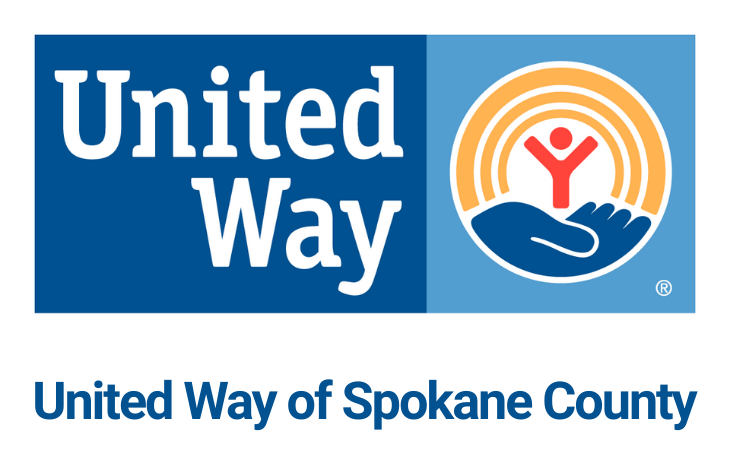Dealing with Student Loan Debt

1. Start with a Snapshot of Your Finances
Track your monthly income and expenses to understand your cash flow. Look for areas to cut back so you can prioritize loan payments.
☑ Keep an emergency fund ($500–$1,000) for surprises.
☑ Begin saving for retirement—even small contributions add up.
2. Get Help Navigating Repayment Options
✅ United Way has partnered with Savi to offer a free tool that helps you explore loan forgiveness, income-based repayment, and more.
📉 Average user saves $156/month and $28,000+ over time.
Create your free account and explore your options today.
3. Know Your Repayment Options
Not all repayment plans are created equal. If the standard 10-year plan doesn’t work for you, consider:
- Graduated Plan – Low payments at first, increasing over time
- Extended Plan – Smaller payments stretched up to 25 years
-
PAYE/REPAYE/IBR/ICR – Income-driven plans that adjust based on earnings
📌 Forgiveness may apply after 20–25 years, but watch for tax implications
4. Getting Out of Default
If your loan is in default (no payments for 270+ days): Make 9 consecutive payments (as low as $5/month)
Once rehabilitated, you regain eligibility for repayment plans and aid
Default status is removed from your credit history (late payments remain)
5. Explore Public Service Loan Forgiveness (PSLF)
Working for government or qualifying nonprofits? You may be eligible for full loan forgiveness after 120 qualifying payments.
✔ Teachers, social workers, nonprofit professionals—this could be for you.
6. Should You Consolidate or Refinance?
Consolidating loans might reduce your monthly payment or help qualify for income-based plans—but can remove some federal protections.
Think carefully before switching to private loans. Always compare rates, protections, and requirements.
7. Create a Repayment Strategy That Works for You
- Avalanche Method: Focus on high-interest debt first
- Snowball Method: Knock out your smallest balances first for motivation
💡 Set up automatic payments to avoid late fees and protect your credit.
8. Stay Motivated
Post your goal somewhere visible—like “Student Loan Free by 2027.”
Visual reminders and small wins along the way can keep you going.




